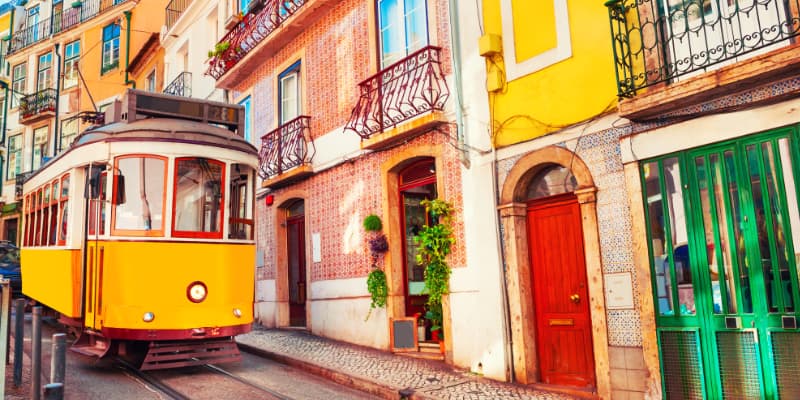Architecture
Portugal’s culture and the country’s architecture has risen through years of history and the people who had influenced Portugal at a current time, for example the Romans, Germanic people and the Arabs.
Architecture
Some of the most spectacular cathedrals and buildings in Portugal have been influenced by the Romanesque and Gothic style of art, but in the fist decades of the 16th century, the end of the Gothic period, a national style called Manueline was developed. This particular style took it’s name from King Dom Manuel I (1490-1521) who was responsible for the construction of many of Portugal’s great buildings.
The Manueline style combines aspects of the late Gothic architecture with elements of marine such as flora, shells, sails and twisted columns and is said to be influenced by some of the great discoveries made by Portuguese navigators and explorers such as Vasco da Gama and Pedro Alvares Cabral.
Examples of Manueline art and architecture can be found all over Portugal, however a lot of original Manueline buildings were regrettably destroyed or damaged beyond restoration in the Great Lisbon Earthquake in 1755. During the reconstruction of Lisbon after the earthquake another architectural style was developed. The Pombaline style was a mix of Baroque and Neoclassicism and especially in Lisbon’s downtown area, Baixa, many buildings are build in the style of Pombaline.
Lisbon is also the home of some of the most famous Manueline buildings and despite the earthquake still has exceptional examples of the style. For example the small fortress Torre de Belém (Belém tower) and Mosteiro dos Jerónimos (Jerónimus Monastery) both in the area of Belém
Although the Manueline period of style didn’t last for very long, assumable only about 50 years, it has played an extremely important part in Portugal’s art history and it didn’t only manifested itself in the architecture of churches, monasteries, castles and palaces, it also extended into other types of art such as paintings and sculpture and even furniture.
Another Portuguese style goes back to the 15th century and is called Azulejos. It is blue and white or colourful hand-painted tiles that embellish buildings, palaces, churches and subway stations and it is an art style that have lived on since the Renaissance and it is still being practised . One of the newer examples of the Azulejos style is found on the building of the Oceanario in Lisbon which has a mural made of 54000 blue-and white hand-painted tiles.
The Manueline style and the Azulejos style are believed to be the Portuguese contribution to the European artistic and cultural heritage.






